#supernova remnants
Explore tagged Tumblr posts
Photo

Close-up by the Hubble Space Telescope showing Supernova 1987A, which blew up in the Large Magellanic Cloud (our companion galaxy) back in (you guessed it) 1987.
More info: X
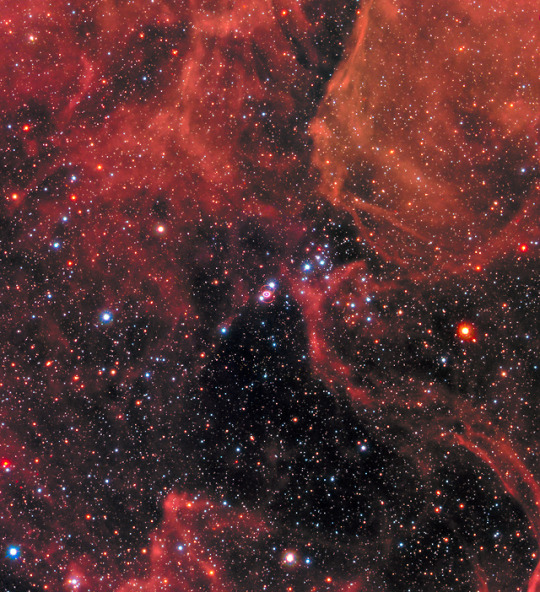
Supernova 1987a
NASA’s Marshall Space Flight Center on Flickr
2K notes
·
View notes
Text

Supernova Remnant the Veil Nebula ©
#space#astrophotography#hubble telescope#stars#planet#galaxy#universe#cosmos#nasa#solar system#astronomy#night sky#veil nebula#supernova remnant
1K notes
·
View notes
Text

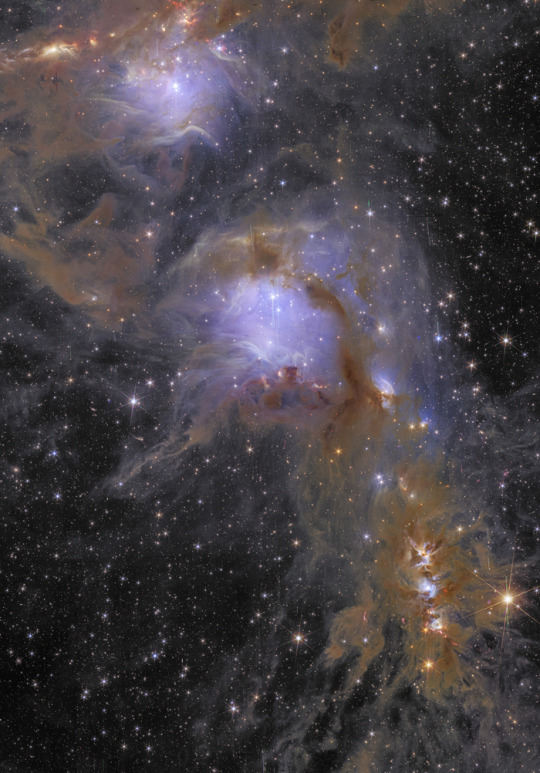
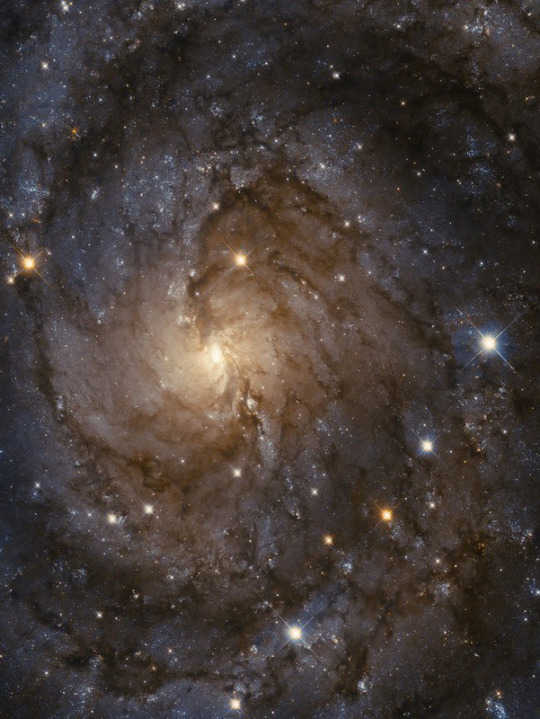
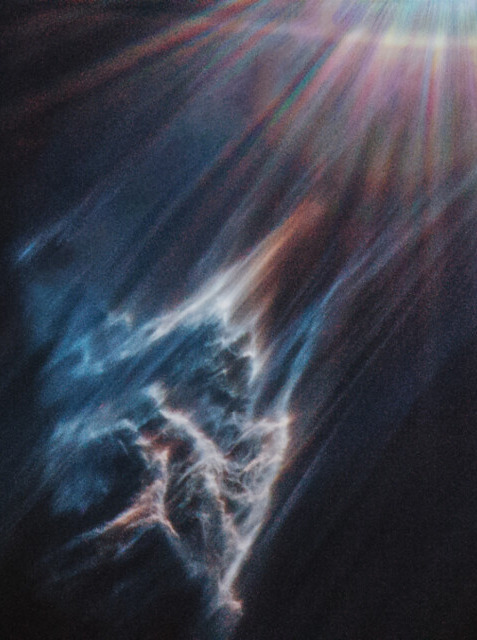

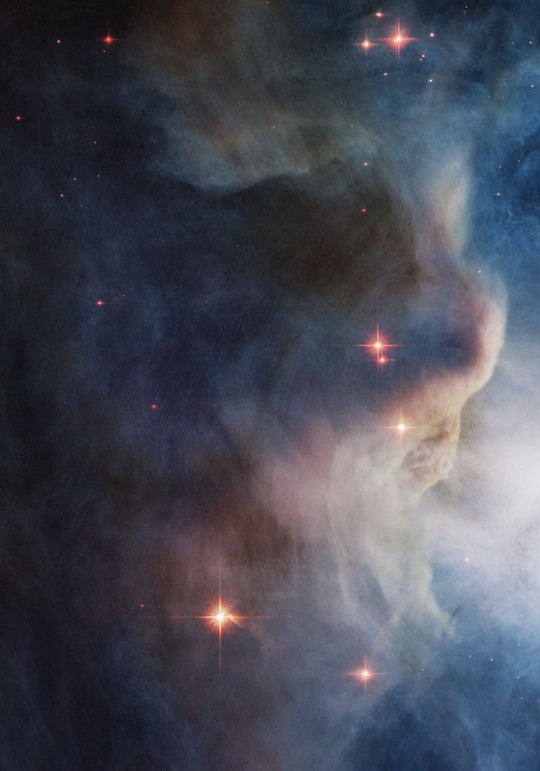
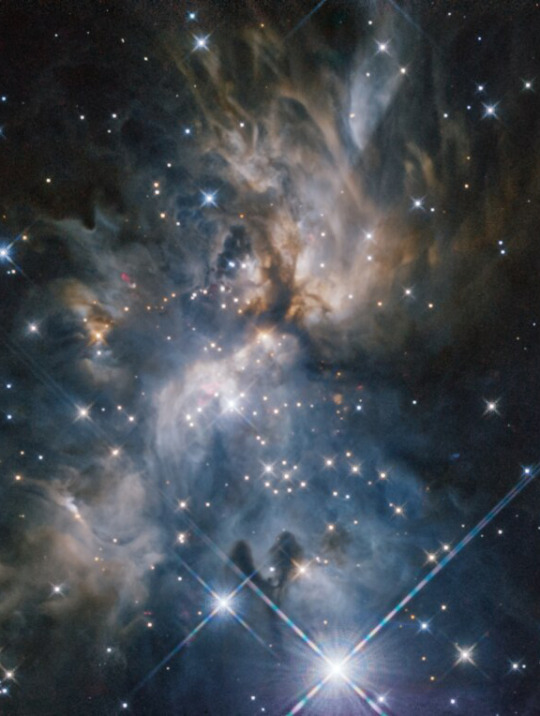
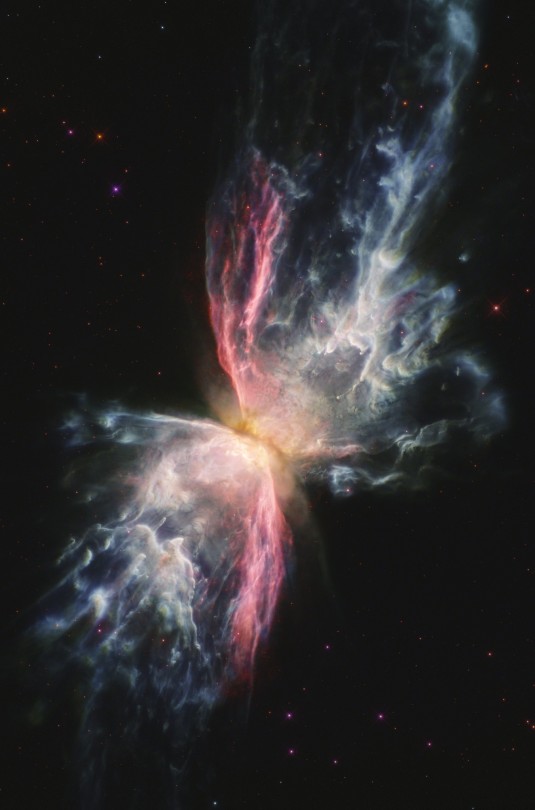
Voices from distant stars l Judy Schmidt/NASA/ESA
#space#astrophotography#astronomy#universe#messier 78#galaxy#planets#night#sky#solar system#butterfly nebula#supernova remnant
4K notes
·
View notes
Text
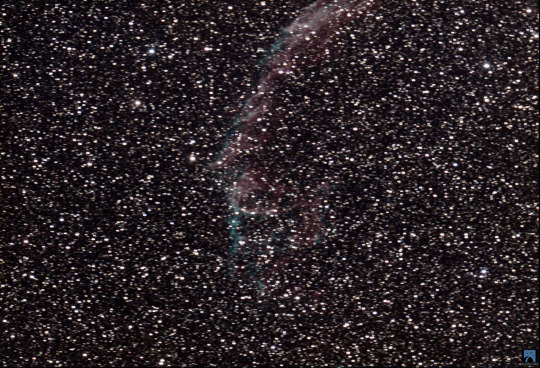
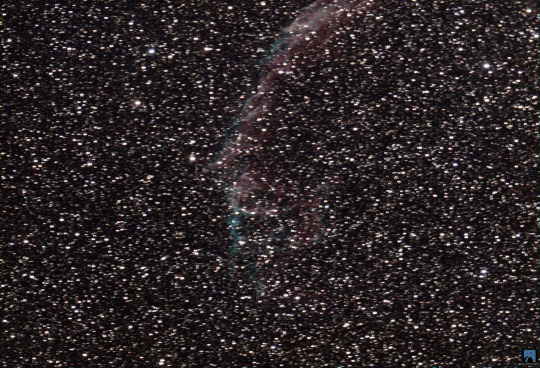
Veil Nebula (East) (NGC 6992)
0 notes
Text

Sh2-224 / The Rice Hat Nebula
#astronomy#astrophotography#cosmos#stars#universe#space#science#nebula#nebulae#outer space#starry sky#supernova remnant
306 notes
·
View notes
Text

Supernova Remnant, Cassiopeia A
54 notes
·
View notes
Text
"Come on, old monkey! You're movin' a little bit slow there for an immortal!!"
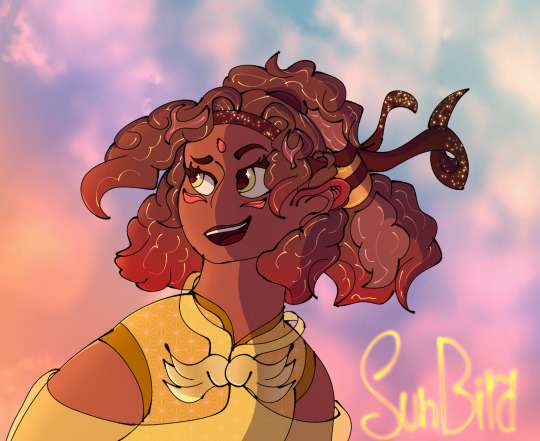
Baoxu ( Nicknamed SunBird ) be upon y'all, It uses any pronouns ( it/they preferred )
It can't choose a favorite grandparent, almost got dropped as a baby because it burst into flames when it was born, and yearns to be an even better hero than their dad.
Got flashbanged by the mental image of a Spicynoodles fankid after seeing Redson thinking about what his and MK's kids would look like in @kyri45's Shadowpeach Bioparents AU
The panel at the scene of the crime:
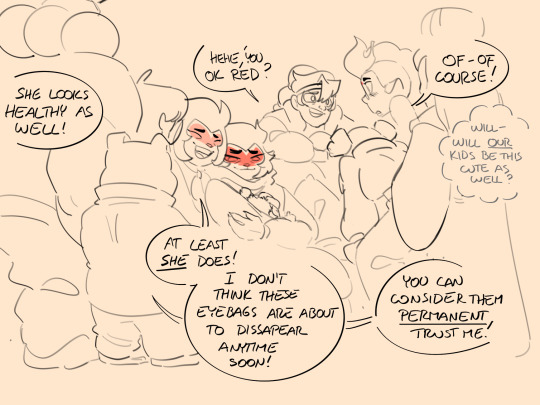
Masterlist
#shadowpeach bio parents au#lego monkie kid oc#sbp second star#lmk#lego monkey kid#lmk spicynoodles fankid#lmk spicynoodles#[ 🗝 ] library museum#[ 🖋 ] original works#[ 📰 ] oc corner#lmk oc art#lmk oc#They're inspired from Xihe's three-legged crows but SunBird is a place holder name for now#This gremlin is about to take up so much brain storage ruh roh raggy#MK pre-planned for every first power scenario regarding his and Redsons powers and probably still got jumpscared by the fire#Lil fella takes after both of them but at what cost#The cost is their rugs btw So Many got burned when SunBird was a baby /silly#[ 🎇 ] oc : yān băoxù / bull eared fire monkey / sunbird#supernova remnants au
42 notes
·
View notes
Text

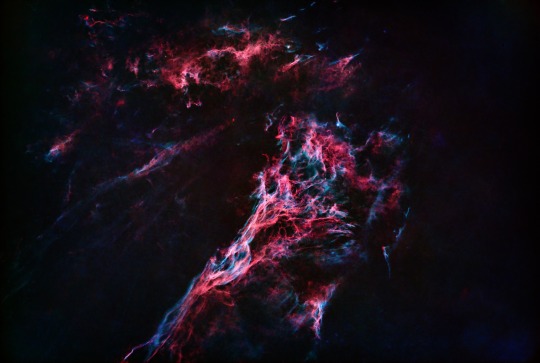
Photo of Pickering's triangle (also known as Fleming's triangle) and NGC 6979 / NGC 6974 (the more diffused clouds at the top center/left). This is the third part of the Cygnus loop / veil nebula, this part of the supernova remnant is fainter than the previous two parts of the loop I photographed. This explains in part why it was only discovered by in 1904 by Williamina Fleming (whereas the two writer part were discovered in 1784 by William Herschel). Williamina Fleming was a pioneer in stellar classification, she worked with other women at the Harvard college observatory. Their work in star classification resulted in the Henry Draper Catalogue, an extensive (225 300 stars in the first edition) classification of stars with their position and their spectra. Williamina is also credited with the discovery of 59 nebula (including the famous hors head nebula) more than 300 variable stars as well as (with Henry Norris Russell and Edward Charles Pickering) the discovery of white dwarfs (the remnants of dead sun-like stars).
#astronomy#astrophotography#space#photos taken from my backyard#supernova remnant#nebula#pickering's triangle#Williamina Fleming
93 notes
·
View notes
Text
The Western Veil Nebula
The Veil Nebula is interstellar debris from a very large star that violently exploded as a supernova about 15,000 years ago. This photo captures the leading shockwave as it continues to expand.
Astronomers call this Supernova Remnant the “Cygnus Loop”, because it is generally circular and viewed in the constellation of Cygnus the Swan. It is nearby at only 2,400 light years, and situated right in our own galactic spiral arm, making our image very crowded with nearby stars.
In this photo, we are looking at the outer edge of the Cygnus Loop debris field that appears facing towards the west. Note the colours: red is hydrogen, blue suggests oxygen, and sulfur is green.
A “Supernova” explosion occurs when an older star depletes fuel and begins to falter at generating a strong stellar wind. As the outward-push falters, gravity causes the aging star to catastrophically implode as a supernova. Indeed, the colours of blue and green suggest the presence of heavier elements, oxygen and sulphur, as formed in the core of older stars.

I photographed the Western Veil Nebula from my garden in Strasbourg France on a single night in August 2024. This is an ensemble of 80 photos, where each was a 3 minute exposure (4 hours of Astrophotography).
More information:
#astrophotography#astronomy#astrophotographie#astrophotographiefrance#astronomie#astronomiefrance#nebulae#veil nebula#veilnebula#Cygnus loop#nebula#strasbourg#cygnus#supernova remnant#supernova
54 notes
·
View notes
Text

Supernova Remnant CTA 1
2K notes
·
View notes
Text
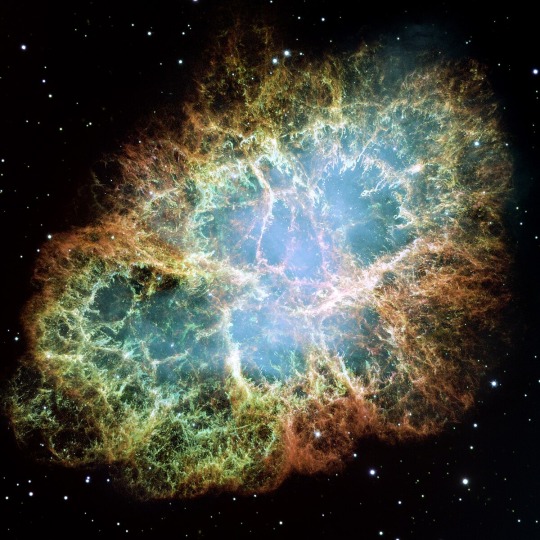
Messier 1, Also known as the Crab Nebula, a supernova remnant in the constellation of Taurus as seen by the Hubble Space Telescope. (Image Credits go to NASA/ESA)
193 notes
·
View notes
Text

Supernova Remnant Cassiopeia A ©
#space#astrophotography#stars#supernova remnant#cassiopeia a#planet#solar system#galaxy#universe#cosmos#astronomy#nasa#night sky
2K notes
·
View notes
Text





25 new images to celebrate Chandra's 25th anniversary

#Chandra observatory#space#astrophotography#astronomy#planets#galaxy#universe#solar system#sky#supernova remnant#nebula#nasa#stars
2K notes
·
View notes
Text
Astronomy Picture of the Day
2005 April 21

G21.5-0.9: A Supernova's Cosmic Shell
Credit: Heather Matheson & Samar Safi-Harb (Univ. Manitoba), CXC, NASA
Explanation: The picture is lovely, but this pretty cosmic shell was produced by almost unbelievable violence - created when a star with nearly 20 times the mass of the sun blasted away its outer layers in a spectacular supernova explosion. As the expanding debris cloud swept through surrounding interstellar material, shock waves heated the gas causing the supernova remnant to glow in x-rays. In fact, it is possible that all supernova explosions create similar shells, some brighter than others. Cataloged as G21.5-0.9, this shell supernova remnant is relatively faint, requiring about 150 hours of x-ray data from the orbiting Chandra Observatory to create this false-color image. G21.5-0.9 is about 20,000 light-years distant in the constellation Scutum and measures about 30 light-years across. Based on the remnant's size, astronomers estimate that light from the original stellar explosion first reached Earth several thousand years ago.
Authors & editors: Robert Nemiroff (MTU) & Jerry Bonnell (USRA)
NASA Official: Jay Norris.
A service of: EUD at NASA / GSFC
& Michigan Tech. U.
12 notes
·
View notes
Text

Rampaging Fronts of the Veil Nebula - March 7th, 1996.
"A supernova explosion of a high-mass star results in fast moving blast waves. At the front of the waves shown above, ionised gas in the Veil Supernova Remnant rushes out from the explosion, sweeps up material, and breaks up many atoms into constituent ions and electrons. Observations with the Hubble Space Telescope in 1993 indicate that the blue shock wave was catapulted away from the stellar explosion after the red shock wave, and had yet to catch up to it in some regions. The Veil supernova remnant's has a very large angular size - six times the diameter of the full Moon - and different parts of it are known as the "Cygnus Loop" and catalog numbers NGC 6960, NGC 6979, NGC 6992, and NGC 6995."
#nasa#space#cosmos#universe#astronomy#astrophysics#astrophotography#veil nebula#supernova remnant#cygnus loop
117 notes
·
View notes
Text

Crab Nebula
148 notes
·
View notes